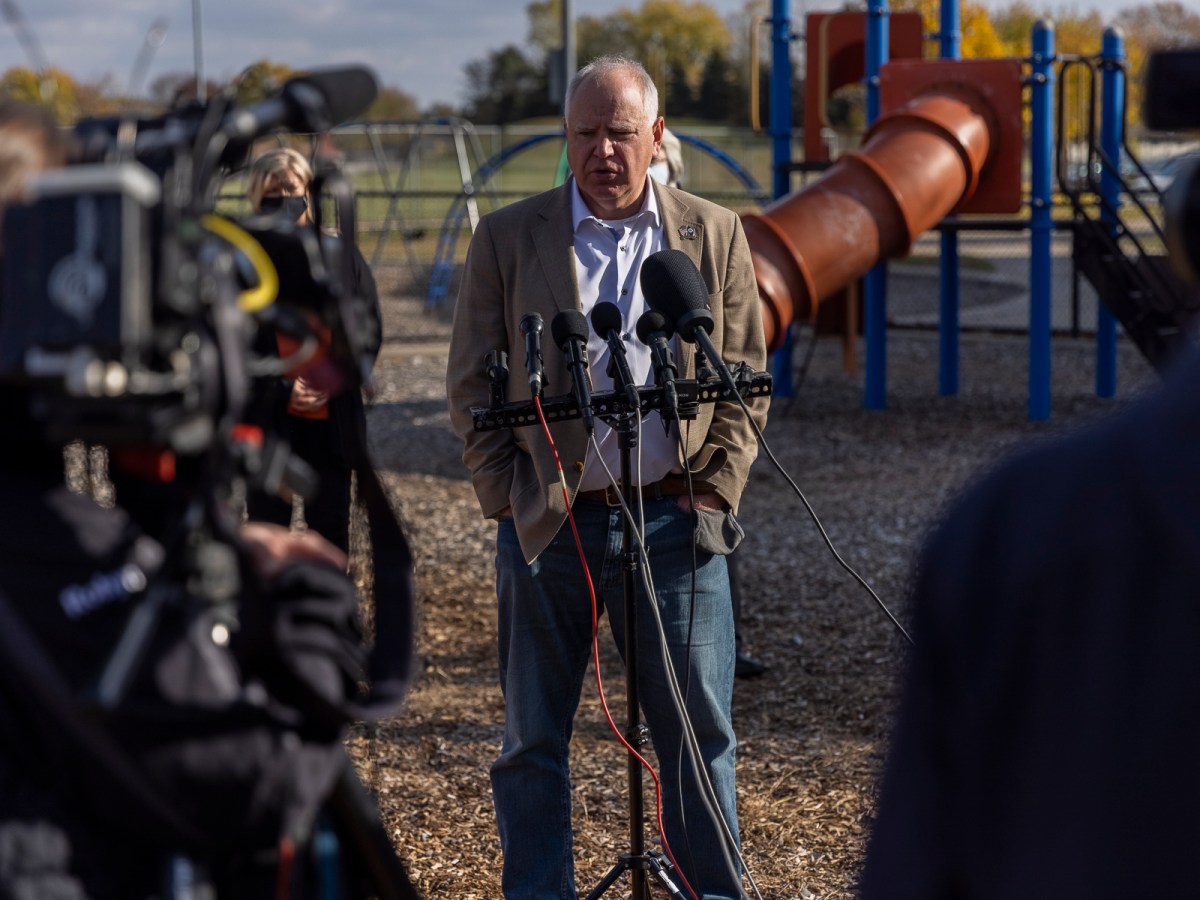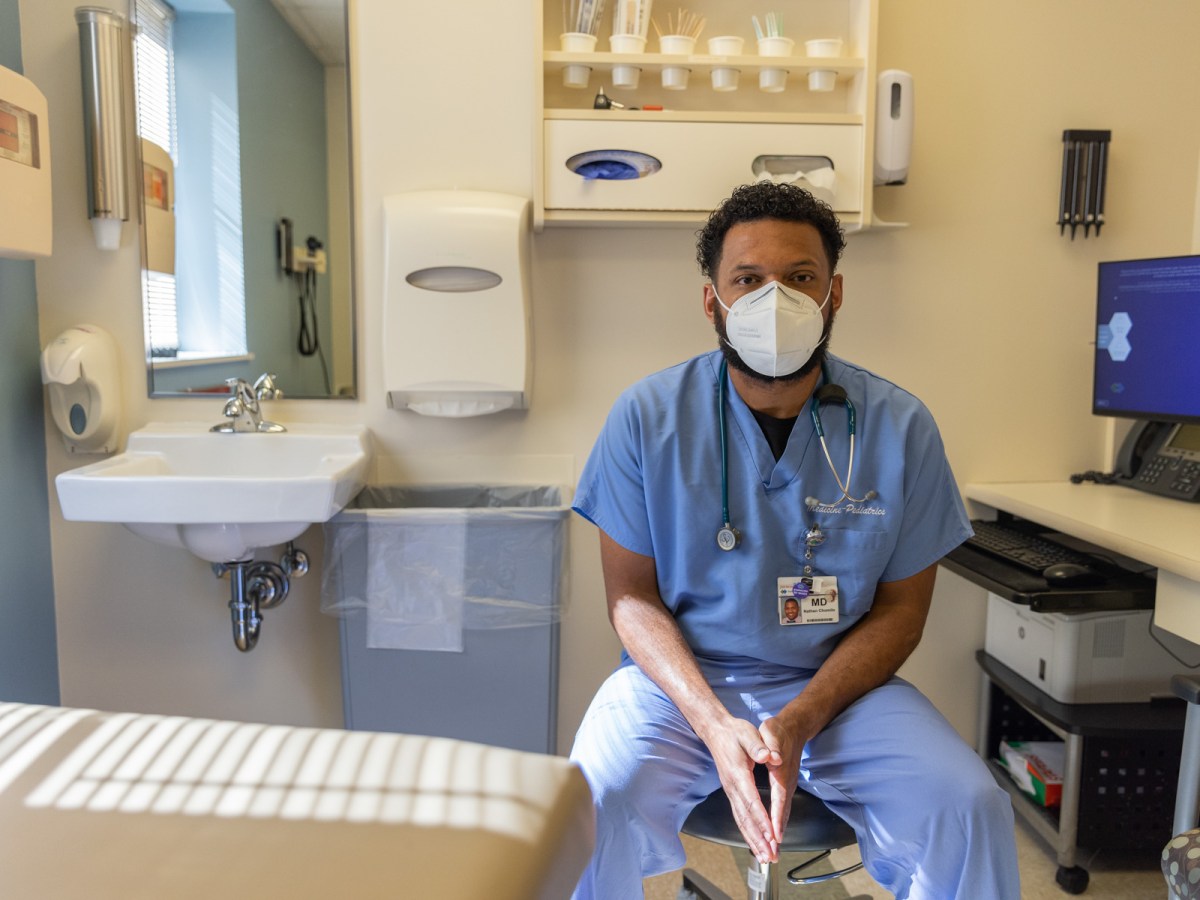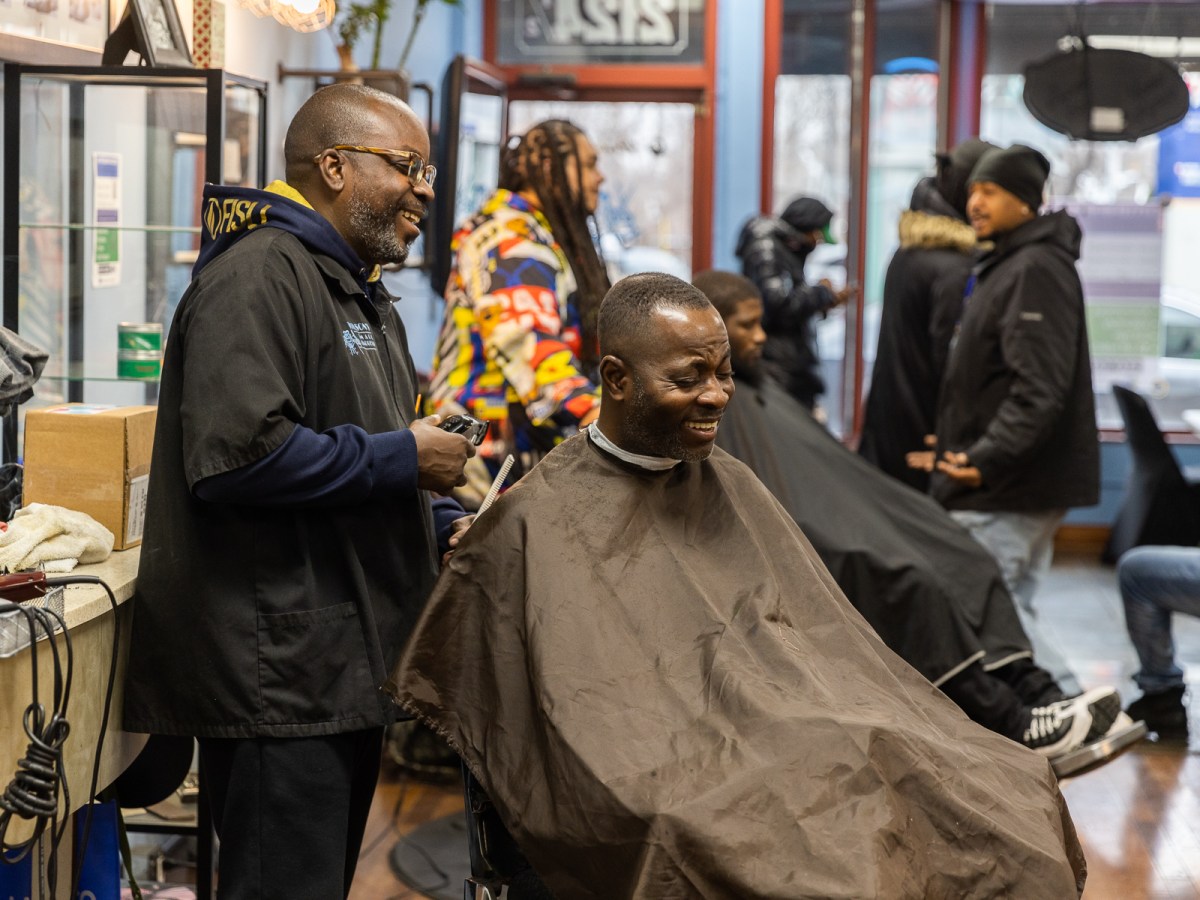
Sahan Journal’s health coverage is supported in part by a generous gift from Delta Dental of Minnesota. You can become a Sahan sponsor, too.
Minnesota’s most diverse age group is finally eligible for COVID vaccines.
Following approval last week from the U.S. Centers for Disease Control and Prevention and the U.S. Food and Drug Administration (FDA), children from ages 6 months to 4 years old can now get vaccinated against COVID. Both agencies gave the vaccines emergency authorization, which means they can be administered during a public health emergency.
According to Minnesota Compass, which analyzes Minnesota’s demographics, the state’s youngest population is also its most diverse. Among children ages 0 to 4, 33 percent are children of color–the highest of any age group.
So how can the state’s youngest residents get immunized against COVID? Sahan Journal put together this quick guide for parents and guardians.
Which vaccines are now available and how do they work?
Two shots are now available for younger children: the Pfizer-BioNtech and Moderna COVID vaccines.
The Pfizer vaccine requires three doses for full vaccination. The first two doses are administered within three weeks of each other. The third and final dose is administered two months after the second dose at the earliest.
Moderna requires two doses over the course of two months. The Moderna vaccine is also available to 5-year-olds, who have been eligible for the Pfizer vaccine since last fall.
How effective are the vaccines in younger children?
The effectiveness of the Pfizer vaccine is unknown. Pfizer claims that three shots provide 80 percent protection from infection, but FDA panelists scrutinized this and did not approve the finding. Still, FDA panelists approved Pfizer’s vaccine for emergency use based on findings that the vaccine gives children a strong immune response to COVID.
Moderna says that for children ages 6 months to 2 years who receive its vaccine and later contract COVID, the vaccine prevents them from showing symptoms of the virus 51 percent of the time. For children ages 3 to 5, 37 percent didn’t show symptoms after receiving the vaccination.
When and where are vaccines available?
President Joe Biden’s administration estimated that vaccines for the youngest children will take roughly one week to ship after the emergency authorization. That means people can expect vaccines to arrive in Minnesota sometime next week. But parents anxious to vaccinate their kids can start making appointments now.
Although the vaccines are expected to become widely available, state officials say demand for the shots may be high in the first few weeks.
More than 320 primary care providers across the state will be administering the shots, according to the Minnesota Department of Health.
The national pharmacy chain, CVS, says it will provide shots at 44 “Minute Clinic” locations across Minnesota. At least 50 other pharmacies around the state, including Walgreens, are also planning to provide shots to kids ages 3 and up, according to state officials.
How do I make an appointment for a vaccine?
Parents and guardians can call their child’s doctor to see if vaccinations are available.
Appointments can also be made online through the Minnesota Department of Health.
People can also search online using the state’s Vaccine Finder to see if any clinics or pharmacies near them are offering vaccines for children. They can also use a national online service to find available vaccines near them.
Click here to make an appointment with CVS, and click here to make an appointment at Walgreens.
The state will also administer vaccines at sites across the community. Parents and guardians will still need to make appointments for their children in advance. The first community vaccination clinic will kick off Wednesday, June 22, at the Mall of America starting at 1 p.m. Click here to make an appointment. Visit the state’s COVID-19 Community Vaccination Program website for a list of other community vaccination sites.
Children’s Minnesota hospital also plans to hold community vaccination clinics throughout the summer.
What are the vaccines’ side effects?
For the 24 to 48 hours after getting vaccinated, common side effects include fevers, pain, redness, and swelling in the area of the arm where the child received a shot.
Who should avoid getting vaccinated?
Children who have previously experienced severe allergic reactions to a dose of the vaccine should not complete their series of shots, according to the manufacturers of both vaccines.
Likewise, children who have previously experienced severe allergic reactions to any of the ingredients in the shots should steer clear of the shots. A list of ingredients for both vaccines can be found here.
Should my vaccinated child still quarantine if exposed to COVID?
The U.S. Centers for Disease Control and Prevention says people who are fully vaccinated and are exposed to COVID do not need to quarantine as long as they don’t develop symptoms. They should still get tested a minimum of five days after being exposed to the virus and wear masks in public for 10 days after exposure.
People who are vaccinated, exposed to COVID, and develop symptoms should get tested for the virus. If they test positive, they should quarantine for five days after the positive test. Common symptoms include fever, chills, sore throat, coughing, shortness of breath, headache, body ache, loss of taste and smell, fatigue, diarrhea, and congestion or a runny nose.






